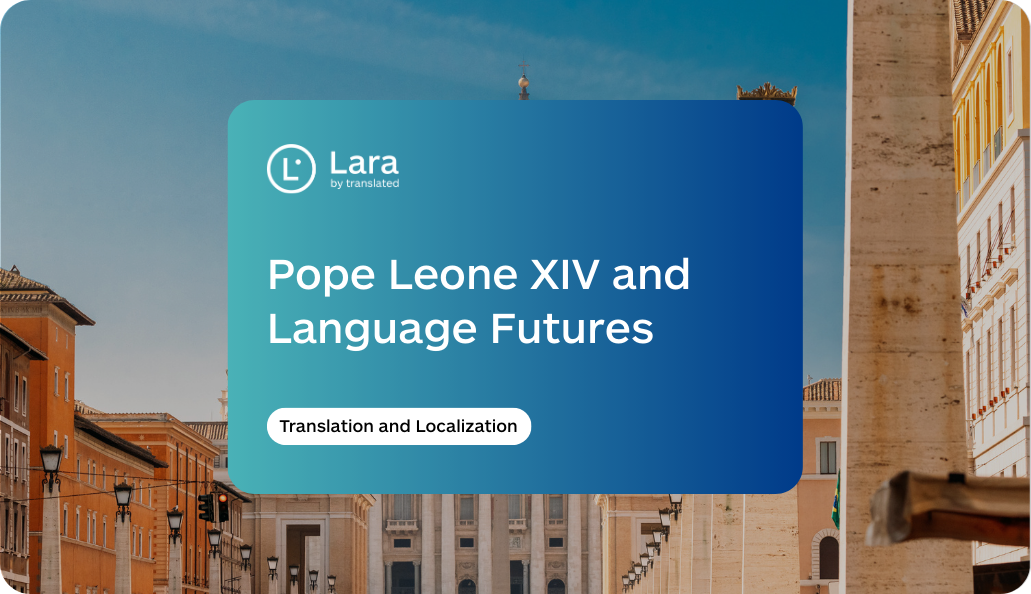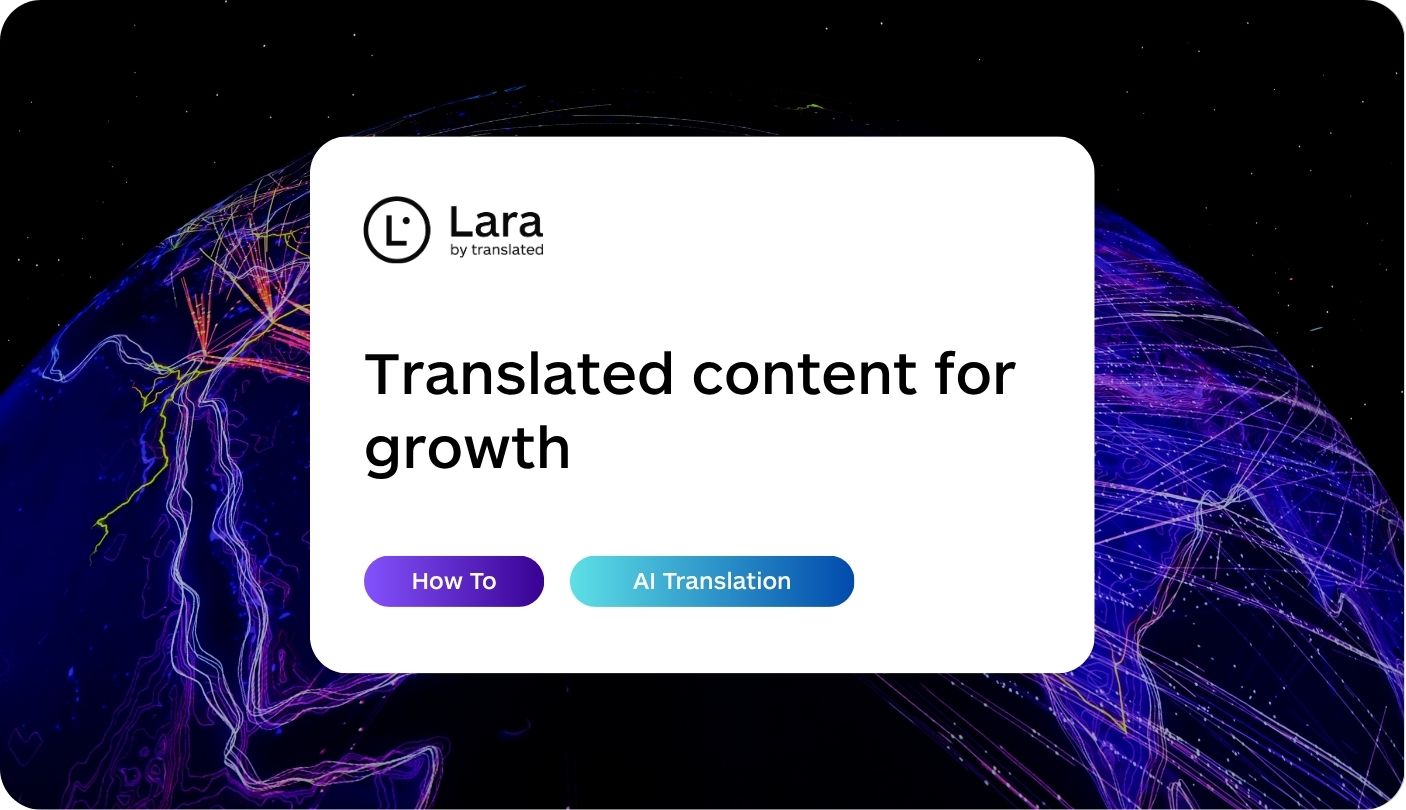The white smoke has cleared and history has been made. At 19:13 local time, Cardinal Mamberti announced “Habemus Papam” – we have a Pope. Robert Francis Prevost, taking the name Leone XIV, became the first American pontiff in the Church’s two-thousand-year history. Beyond the geographical milestone, this election represents a seismic shift in the linguistic landscape of Catholicism’s highest office.
The linguistic significance of an American Pope
The election of an American as Pope marks a dramatic departure from centuries of European, predominantly Italian, leadership. With it comes a significant linguistic reorientation of the papacy:
- First native English-speaking Pope: After centuries of Italian, German, and Polish pontiffs, Leone XIV brings English – the world’s most widely spoken second language – to the forefront of papal communications
- Spanish fluency from missionary work: His extensive experience in Latin America provides authentic connection to the Spanish-speaking Catholic world
- Continuity in Latin tradition: As an Augustinian with deep theological training, he maintains the classical linguistic foundation of Church doctrine
- Multicultural communication style: His background bridges Anglo and Latin American cultural communication patterns
This unique combination creates unprecedented potential for direct communication with Catholics across linguistic divides without relying on translation intermediaries.
Breaking the Italian-European language dominance
The papal election of Leone XIV represents the culmination of a steady linguistic evolution that has been reshaping Church leadership:
| Period | Dominant Papal Languages | Communication Approach |
| Pre-1978 | Italian, Latin | Primarily European-centered |
| 1978-2013 | Polish, German, Italian | Expanded European focus with global outreach |
| 2013-2025 | Spanish, Italian | Latin American influence with Italian tradition |
| 2025- | English, Spanish, Latin | Global linguistic approach with American leadership |
This transformation reflects the demographic reality of the Catholic Church, where approximately 40% of the global Catholic population speaks Spanish as their primary language, while English serves as the most common bridge language for international Church communications. As our analysis of the Conclave’s changing linguistic dynamics showed, this evolution has been gradually reshaping how Church leadership communicates.
Multilingual credentials of Leone XIV
Pope Leone XIV brings exceptional linguistic capabilities to his new role:
- Native English: As an American, he communicates with natural fluency to English-speaking Catholics worldwide
- Fluent Spanish: His years as Bishop of Chiclayo, Peru, and missionary work throughout Latin America provided immersive Spanish language experience
- Ecclesiastical Latin: Traditional Church language for official documents and ceremonies
- Italian understanding: Essential for Vatican administration and communication with the Roman Curia
This multilingual background positions him uniquely to navigate the linguistic diversity of the global Church without constant reliance on interpreters, particularly for the Church’s two most widely spoken languages.
Communication challenges in the global Church
Despite Leone XIV’s impressive language skills, the reality of leading a truly global Church presents substantial linguistic hurdles:
- Direct communication with Africa and Asia: Regions with the fastest Catholic growth often use languages beyond the Pope’s fluency
- Theological precision across languages: Ensuring doctrinal concepts maintain consistent meaning when translated
- Cultural nuances in communication: Adapting messaging to diverse cultural contexts while maintaining unity
- Balancing tradition with accessibility: Preserving Latin traditions while making messages understandable to all Catholics
- Media interactions in multiple languages: Engaging with global press requires linguistic agility
These challenges highlight the critical importance of effective translation services within Vatican operations – a need that grows as the Church becomes increasingly global.
Translation needs for the new papacy
The Vatican’s translation infrastructure faces new demands under Leone XIV’s papacy:
- Papal documents in new language combinations: Traditional translation workflows must adapt to different source languages
- Rapid translation for social communications: The Vatican’s digital presence requires faster turnaround times
- Cultural adaptation beyond literal translation: Messages must resonate appropriately across diverse Catholic communities
- Consistent voice across languages: Maintaining the Pope’s distinctive communication style across translations
- Supporting multilingual dialogue: Enabling the Pope to engage with Church leaders from all regions
These translation requirements extend beyond the Vatican walls to Catholic dioceses, organizations, and media worldwide that will need to process and distribute papal communications in local languages.
How technology bridges linguistic divides
In the sacred halls of the Vatican and beyond, a quiet revolution is taking place. As Pope Leone XIV assumes leadership of a global Church speaking hundreds of languages, technology is transforming how the universal message of Catholicism transcends linguistic boundaries.
When Leone XIV addresses the faithful during the ongoing Jubilee celebrations, his words will need to reach Catholics from every corner of the globe in real time. Translation technology creates bridges where language barriers once stood. A Pope speaking in English or Spanish can now be understood instantly by a Polish grandmother, a Filipino youth, or a Nigerian family – all experiencing his message in their native tongue through digital translation.
The same technology enabling tourists to navigate Rome’s ancient streets during the Jubilee Year can facilitate spiritual connections of profound depth. As millions of pilgrims continue arriving for the Holy Year, they bring not just their faith but their linguistic diversity, creating both challenges and opportunities for meaningful connection.
Modern translation technology offers unprecedented solutions for the global Church’s communication challenges:
Real-time translation applications:
- Enabling spontaneous conversations between the Pope and faithful from different language backgrounds
- Supporting multilingual pastoral visits without constant interpreter intervention
- Facilitating direct engagement with diverse Catholic communities
Document translation efficiency:
- Accelerating the translation of encyclicals, apostolic exhortations, and papal letters
- Maintaining consistency of theological terminology across all language versions
- Providing first-draft translations that human translators can refine
Multilingual digital outreach:
- Supporting the Pope’s social media presence across language barriers
- Making Vatican events accessible to global audiences through simultaneous translation
- Creating multilingual resources that support consistent messaging worldwide
Tools like Lara Translate‘s Interpreter feature will provide communication solutions, particularly valuable during the Jubilee Year when Rome hosts millions of Catholic pilgrims from diverse linguistic backgrounds.
FAQ
What languages does Pope Leone XIV speak?
Pope Leone XIV is fluent in English and Spanish, with strong competency in ecclesiastical Latin and working knowledge of Italian. This linguistic portfolio covers the languages spoken by the majority of the world’s Catholics.
Will the new Pope deliver his addresses in English instead of Italian?
While Pope Leone XIV will likely use English more frequently than his predecessors, Vatican protocol typically adapts to each Pope’s strengths. We can expect a mix of languages depending on the context, with major addresses potentially delivered in English with parallel translations.
How does a change in papal language affect Vatican operations?
The Vatican’s operational language has traditionally been Italian, but staff are accustomed to multilingual environments. Over time, English may gain prominence in certain departments, though Italian will remain important for day-to-day Vatican City operations.
Will Latin continue to be used for official Church documents?
Yes, Latin remains the official language of the Catholic Church for canonical and ceremonial purposes. However, practical communications and pastoral documents are increasingly issued directly in modern languages, with Latin versions created for the historical record.
How will Catholics who don’t speak English or Spanish connect with the new Pope?
Translation services will remain essential, but technology increasingly enables real-time translation of papal messages into dozens of languages. The Vatican’s communication office will continue to ensure all major papal communications are available in the world’s major languages.
This article is about
- The historic election of the first American Pope and its linguistic implications
- How Pope Leone XIV’s multilingual background reshapes Vatican communications
- The evolution from European language dominance to a more global linguistic approach
- Contemporary translation challenges in the Catholic Church’s global mission
- The role of technology in bridging language barriers for Catholic leadership
- Changes in Vatican linguistic operations under the new pontificate
- How translation services support the Church’s universal communication needs





